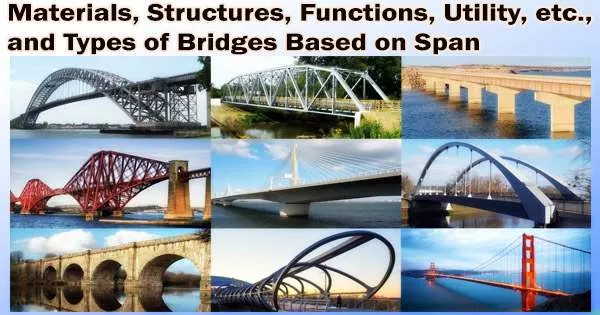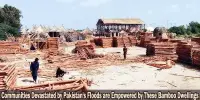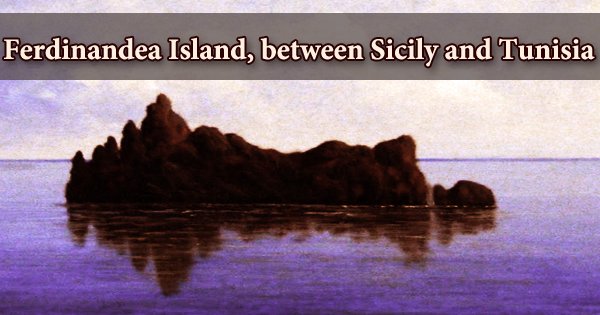Different types of bridges are categorized according to factors like span, materials, types of bridge constructions, functions, utility, and position, among others. A bridge is a structure that provides access over an obstacle. The obstructions may be river, valley, rail route or road way etc.
Types of Bridges
Bridges are classified into so many types based on different criteria’s. They are explained below.
Types of Bridges based on Type of Super Structure
- Arch bridge
- Girder bridge
- Truss bridge
- Suspension bridge
Arch Bridge
The abutments at each end of an arch bridge, which is curved like a curve, act as a restraint on the horizontal thrust that develops within the bridge. There are numerous varieties of arch bridges. The arch might occasionally be located beneath the deck slab as well.
Girder Bridge
The deck slab is supported by girders in the case of the Girder Bridge. The girder can be made of plate, box, or rolled steel girder. Girders are used to transfer loads from the deck to the piers and abutments.
Truss Bridge
A truss is a structure made up of joined triangle-shaped components. A truss bridge has trusses built into the superstructure. Trusses are often made of steel. There are various truss types available.
Suspension Bridge
With a suspension bridge, the deck slab is held suspended by cables and suspenders. These will give good appearance. For long span bridges, this type of suspension is suitable.
Types of Bridges based on Materials
- Timber bridge
- Masonry bridge
- Steel bridge
- R.C.C bridge
- Pre stressed concrete bridge
Timber Bridge
Bridges constructed using timber are called timber bridges. These are generally constructed for short spans or as temporary bridges. They are not useful for heavy loads.
Masonry Bridge
Masonry Bridge constructed by using bricks or stones. These are generally constructed for short spans and in low depth canals.
Steel Bridge
Steel cables, trusses, or bars are used to build steel bridges. These support huge loads and are more resilient.
R.C.C Bridge
R.C.C bridges are constructed using reinforced cement concrete. These are more stable and durable. They can bear heavy loads and are widely using nowadays.
Prestressed Concrete Bridge
Prestressed concrete is defined as concrete that has been compressed before being subjected to loads. Pre-stressed concrete blocks are stacked as a deck slab with the aid of girders to build a pre-stressed concrete bridge. These blocks can be used for bridges with a range of span lengths.
Types of Bridges based on Span
- Culvert bridge
- Minor bridge
- Major bridge
- Long span bridge
Culvert Bridge
When the bridge span length is below 6meters then it is called as Culvert Bridge.
Minor Bridge
If the bridge span length is in between 8 to 30 meters, then it is called minor bridge.
Major Bridge
For major bridge, the span is generally about 30 to 120 meters.
Long Span Bridge
When the span of bridge is more than 120 meters then it is termed as long span bridge.
Types of Bridges based on Level of Crossing
- Over bridge
- Under bridge
Over Bridge
To pass over another route (railway or highway), a bridge is constructed to allow traffic. This is called over bridge or fly over bridge.
Under Bridge
If a bridge over another route cannot be built, one of the underground variety is built. This is called under bridge.
Types of Bridges based on Function
- Foot bridge
- Highway bridge
- Rail way bridge
- Aqueduct bridge
- Road cum railway bridge
Foot Bridge
Footbridges are typically built so that people can cross roadways, rail tracks, or any other canal on foot. Vehicles are not allowed in this bridge.
Highway Bridge
High way or road Way Bridge is used for road transportation. These are constructed over rivers or another routes to allow road way traffic. Girder type bridges are used as highway bridges over rivers or canals.
Railway Bridge
Rail bridges are constructed for rail transportation. Truss type bridges are preferred for railways but how ever r.c.c bridges are also used.
Aqueduct Bridge
Aqueduct bridges are simply water-carrying structures built to move water from a source to a system.
Road cum Railway Bridge
This type of bridge is useful for both road way and railway transport. It could have one floor or two. If only one floor exists, then the train and road are placed next to one another. If not, it is preferable to have a road on top deck and a railroad in the bottom deck.
Types of Bridges based on Inter Span Relation
- Simple bridge
- Continuous bridge
- Cantilever bridge
Simple Bridge
Simple bridge is like simply supported beam type which consist two supports at its ends. For shorter spans, simple bridges are suitable.
Continuous Bridge
If the bridge span is very long, additional supports must be constructed in between the end supports. This type of bridge is termed as continuous bridge.
Cantilever Bridge
The opposite end of a cantilever bridge is unsupported and only supported at one end. In order to make room for vehicles or people, two cantilever parts are typically linked.
Types of Bridges based on Utility
- Temporary bridge
- Permanent bridge
Temporary Bridge
Temporary bridges are built at a low cost for temporary use during the construction of dams or bridges or during floods. These bridges are maintained at low cost. After construction of original structure temporary bridges are dismantled. Generally timber is used to construct temporary bridges.
Permanent Bridge
These bridges are constructed for long term use and maintained at high level. Steel or R.C.C bridges are come under this category.
Types of Bridges based on Position of Floor
- Deck bridge
- Through bridge
- Semi-through bridge
Deck Bridge
The superstructure or bridge floor in the case of the Deck Bridge is positioned between the high flood level and the formation level.
Through Bridge
In case of through bridge, Super structure of bridge is completely above the formation level.
Semi-Through Bridge
Semi-through bridges have super structures that are partially above and partially below the formation level.
Types of Bridges based on High Flood Level (HFL)
- Low level bridge
- High level bridge
Low Level Bridge
The super structure of bridge is generally below high flood level. As a result, whenever there are floods, these are submerged in water. They are also known as submarine bridges for this reason. These are typically built for inexpensive, inconsequential routes.
High Level Bridge
High level bridge is non submersible against floods. It is well above the high flood level and constructed in important routes.
















